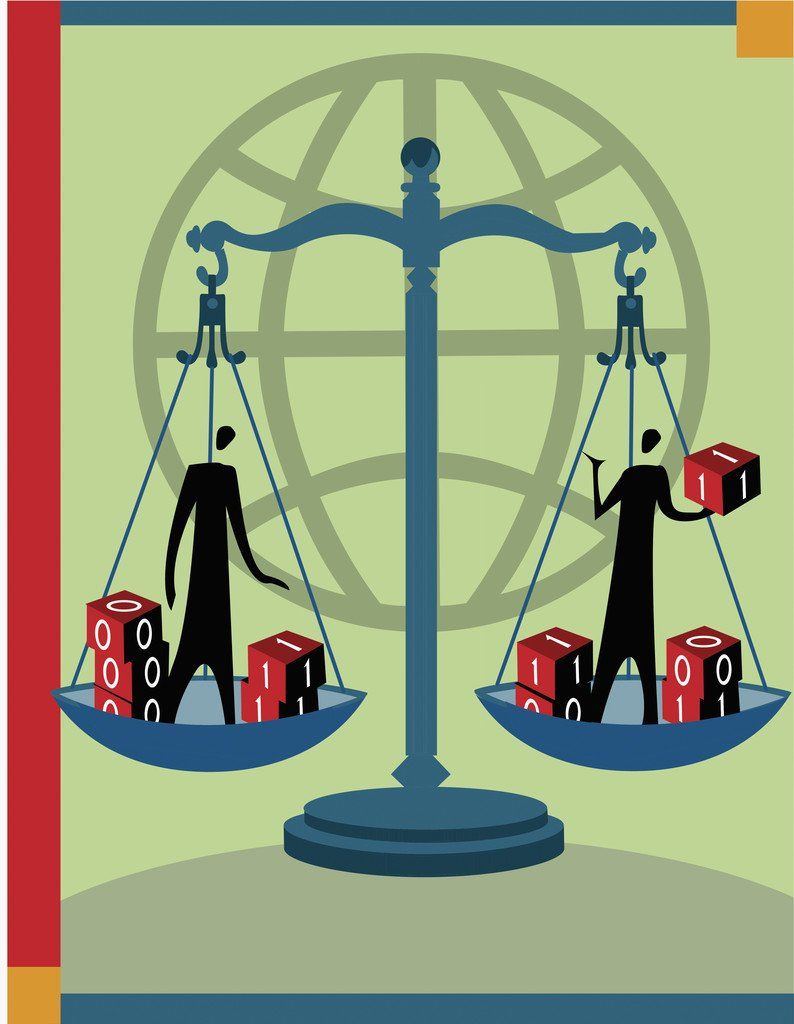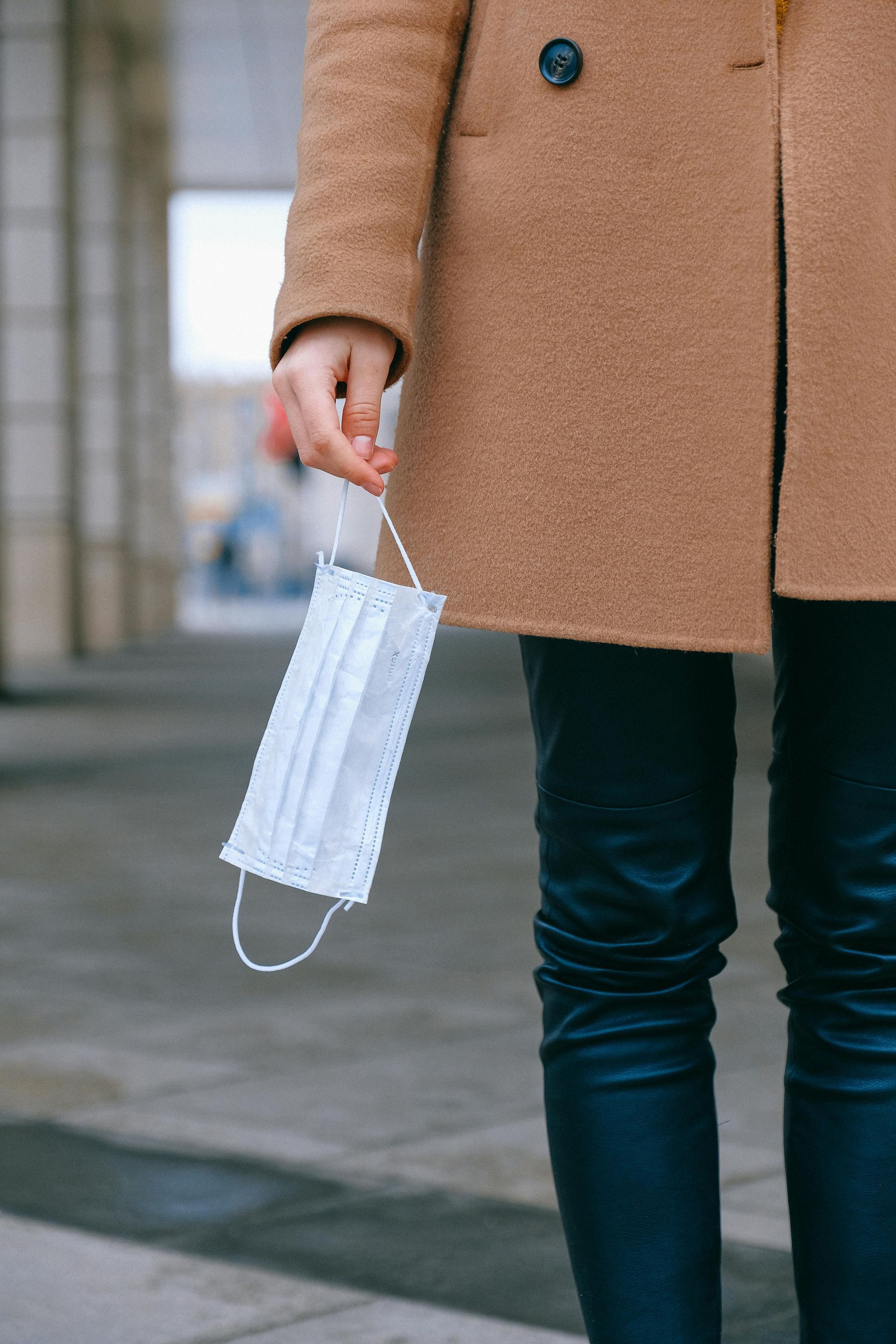Equity Changed How We Think About Justice By: IEJI

Welcome to Impact Equitable Justice—Here’s Why We’re Here
Starting something new or different is always a risk—for founders and for the people who choose to trust them. So, if you’re here, reading this: thank you. Whether you’re curious, skeptical, or already a believer, we’re glad you’re here. We started Impact Equitable Justice Inc with a simple but important goal: to solve real problems for real people, in a way that is honest, thoughtful, and built to last.
Why We Exist
Every successful company starts by noticing something others overlook: an inefficiency, a frustration, or a missed opportunity. For us, it was the over reliance on programs that overwhelmenly address the supply side demand in workforce developmentt . We saw it. We lived it. And we decided to build something better.
Programs highlight a variety of approaches to tackle some of our most pressing social issues, demonstrating that there is no single solution and that a multifaceted strategy may be the most effective approach. Understandably, programs rely on common "quick fix" strategies to respond to the critical need of employment and income for justice-impacted people. Unfortunately, programs lack the capacity to match the scale and complexity of the problem. According to The National Conference of State Legislatures (NCSL), "approximately 77 million Americans, or 1 in every 3 adults have a criminal record.
A criminal record—which can be an arrest record, criminal charges, or a conviction—creates barriers to jobs, occupational licensing, housing, and higher education opportunities." Our founder aimed to solve the high joblessness rate among formerly incarerated people by tackling the problem on a systemic, rather than individual, level. Impact Equitable Justice was created because we don’t need more programs—we need new systems.
What You Can expect from IEJI
Here’s what we believe—and what we strive to show in everything we build, write, or deliver:
- People over profit-If something doesn’t serve our clients, it doesn’t belong in our products/services.
- Transparency over hype-We’ll be honest about what we can do, and open about what we’re still learning.
- Full visibility over disproportionate representation-We believe that the workforce should reflect the diversity of the communities they serve.
This blog will be one of the ways we live up to that. We’ll share service and/or product updates, behind-the-scenes stories, lessons we learn (sometimes the hard way), and thoughts on the bigger picture behind what we do.
What’s Next?
Impact Equitable Justice drives workforce systems change today—shifting hiring practices and policies—while building toward true systems transformation that redefines equity, opportunity, and power in the workforce. Right now, we’re early—which means you get to help shape what comes next. Feedback, questions, even constructive criticism—it all helps. So, don’t be shy. If you want to follow along, you can subscribe to our quarterly newsletter for updates or follow us on social media. We’re excited to build something worthwhile—and even more to build it with people who care.
Thanks for reading. Let’s see where this goes.
The Impact Equitable Justice Team




